A closer look at irrigation
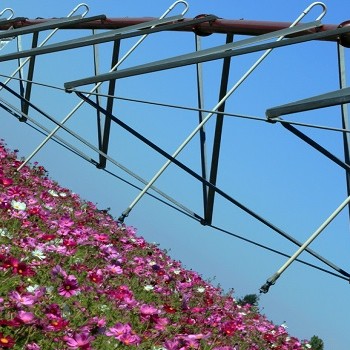
Paul Kunkels of Irritec takes a closer look at Irrigation and it’s role in horticulture
20 July 2015
Irritec has been involved with the Irish irrigation scene for the last 40 years, and have seen some dramatic changes in the market. Irrigation has always been used for nursery stock, garden centres and for protected crop production, but it has many other uses.
What we use Irrigation for
- Growing food, both protected and field production
- Plant production for leisure purposes – nurseries and garden centres
- To keep our gardens healthy and free up time for other activities
- To maintain landscapes for municipal and amenity use
- To keep sports fields (grass and artificial) in optimum condition
- Frost protection – sprinklers are used to coat apple tree blossom with water during spring frosts, which prevents the blossom getting frost burn
- Mining – sprinklers are used to wash alluvial soil and gravel from valuable metal deposits
- Dust suppression – large throw sprinklers trap wind borne dust particles in quarries
- Percolation – drip and flood sub-surface irrigation is used to distribute waste water
History
The ancient Egyptians used flood irrigation to grow wheat in the desert, as far back as 1800 BC. Terrace irrigation has been used in Pakistan and India since 4000 BC for crop production. Sophisticated underground water storage and transfer canals constructed up to 5000 years ago, are still in use today.
The oldest known hydraulic engineering took place in China, where vast irrigation canals, chain pumps and rock drillings were constructed 6000 BC. The largest scheme was constructed in 250 BC and is still in use today.
Irrigation in horticulture
We install systems in private residential gardens, commercial landscapes, garden centres, nurseries and for protected crops. Irrigation has become a necessity in many of these places, as several factors are against the plants surviving their critical first years. Rain shadow from high buildings, light soil mixes due to building weight restrictions, drier climate, and shallow soils all take their toll.
Another factor in the increased use of irrigation is the “instant garden”. Larger plants are being used in garden construction, to give instant effect, but these need regular watering, as they got this in the nursery. There-fore irrigation is required to keep everything alive.
Drip irrigation has developed a lot lately, as this method uses the least amount of water and targets individual plants. A lot of research has gone into pressure regulation, which ensures that the same amount of water is delivered out of each and every dripper. This allows complete control of how much water the plants or crops get on a daily basis.
This is going to be particularly important in the future, as water will become scarcer as the world population grows. Already several countries insist on commercial growers to harvest rainwater during the winter, for use during the summer. All irrigation run-off has to be collected and re-used, to prevent fertilisers entering the ground water. This policy will most probably be implemented by other countries, to help preserve dwindling water supplies.
Water saving developments
In Ireland, water is cheap, if you are using “mains” water, soon you will be charged for all that you use. You can install a deep well and pump, which is initially expensive, but will give you free water from then on. Rainwater can also be taken from roofs, as long as it is stored and filtered correctly, it can safely be used for irrigation and for flushing toilets.
Water pumps are developing to make them more energy efficient, technology developed for home heating pumps – low friction motors – is now being used. Variable speed drives, which cut energy use by 50%, which used to be only found on very large pumps, are now available on much smaller units, well within parameters for what a small nursery of grower would need.
Solar powered equipment is becoming more common, with irrigation control panels and pumps in widespread use in sunnier regions. I first used this equipment a few years ago, but did not think that it was suitable for Ireland. Since then, the efficiency of the solar panels has significantly improved and now this technology in Ireland. Three years ago, we installed a wind/solar powered pump to supply water to a large allotment scheme. So far, the system has given no trouble and has not cost a single cent to operate.
There are also small solar powered pumps especially for water butts, ideal for watering the garden, or connecting onto a small irrigation system, controlled with a battery powered timer.
If not controlled correctly, irrigation systems can be wasteful of water. To combat this, modern irrigation systems employ rain and soil moisture sensors to irrigate only when required. If combined with highly accurate nozzles, drippers and an energy efficient pump, a modern system will save your water, energy and your money.



 Print
Print
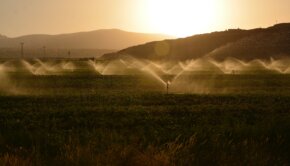



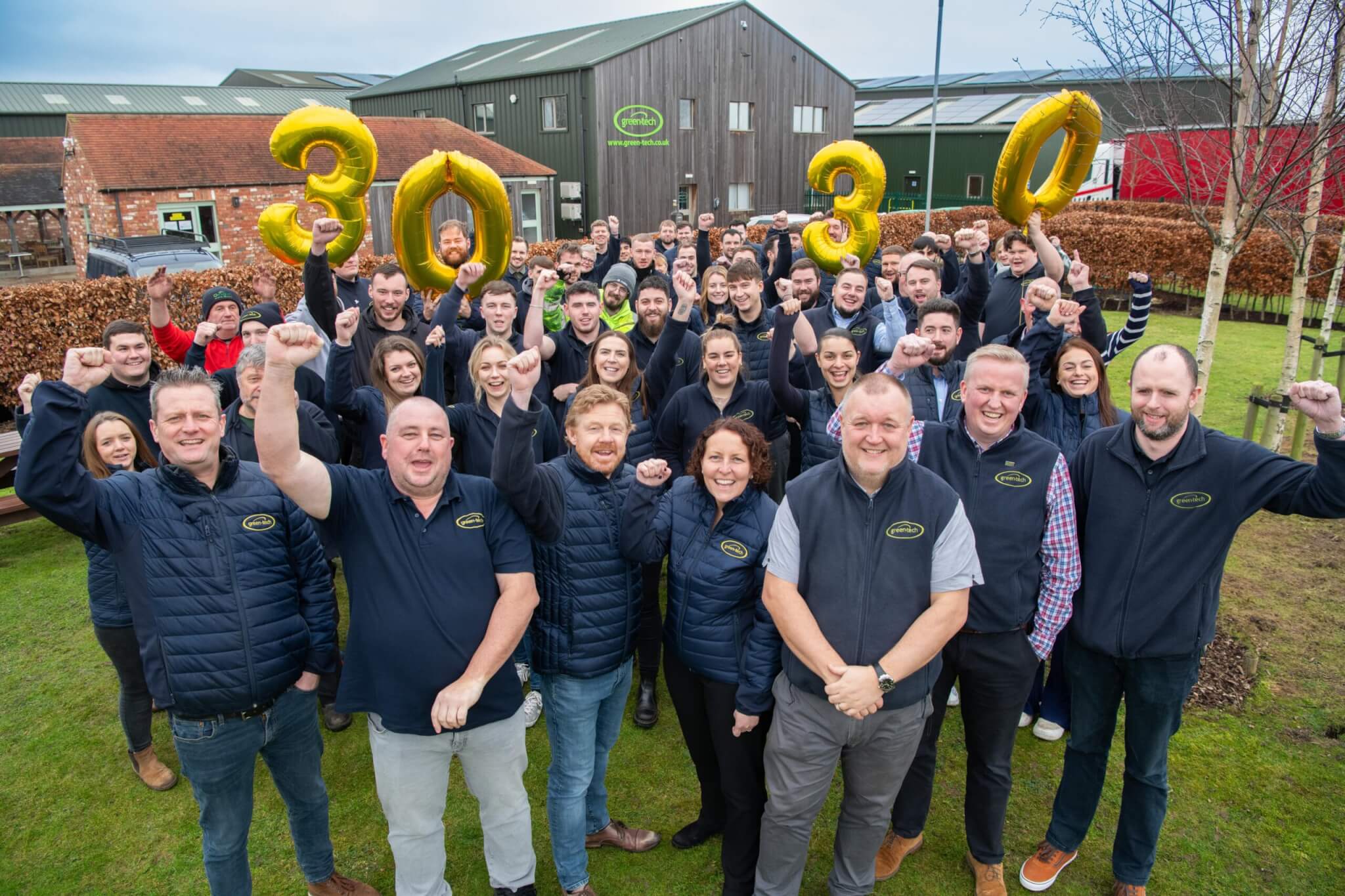
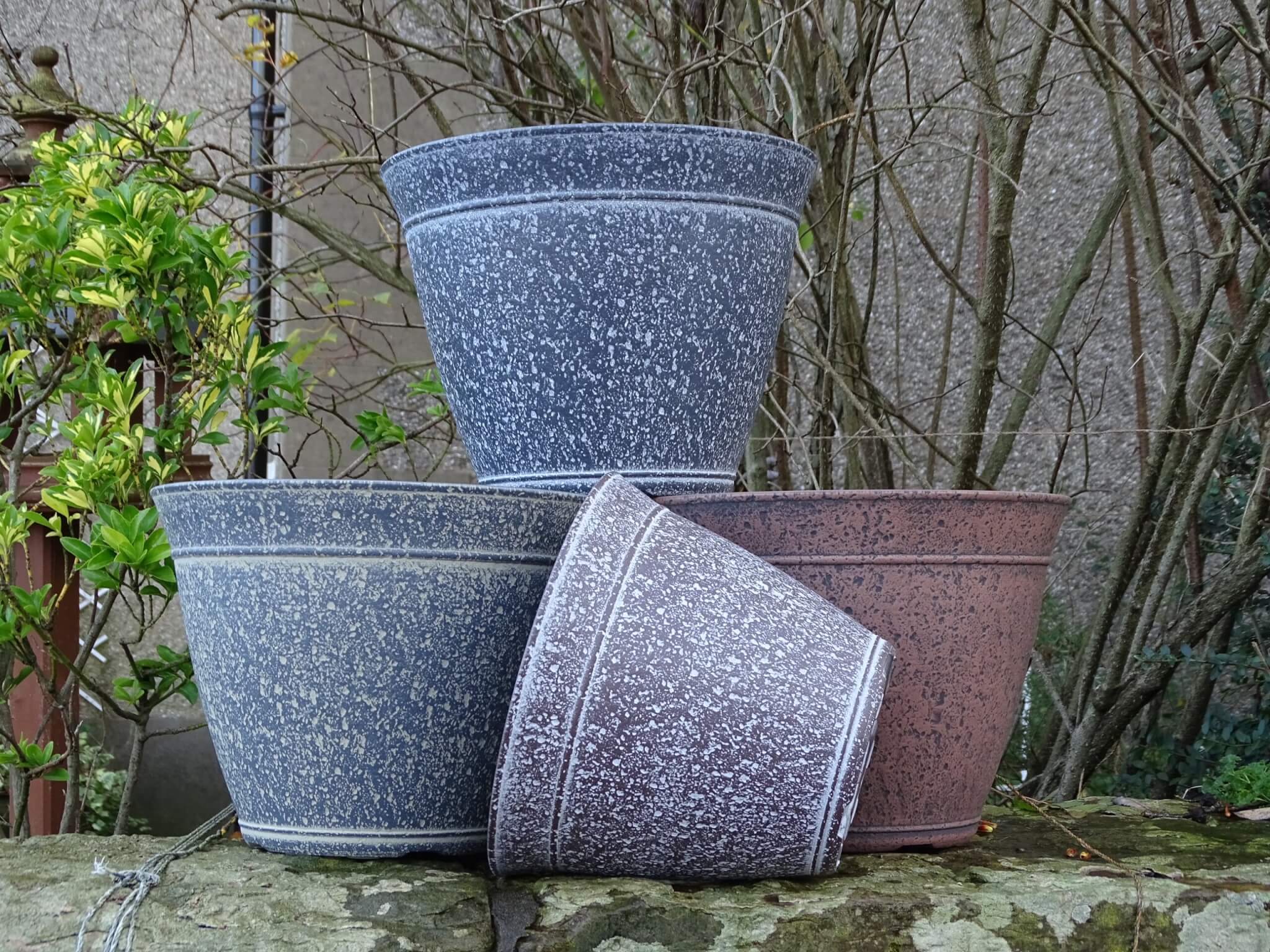
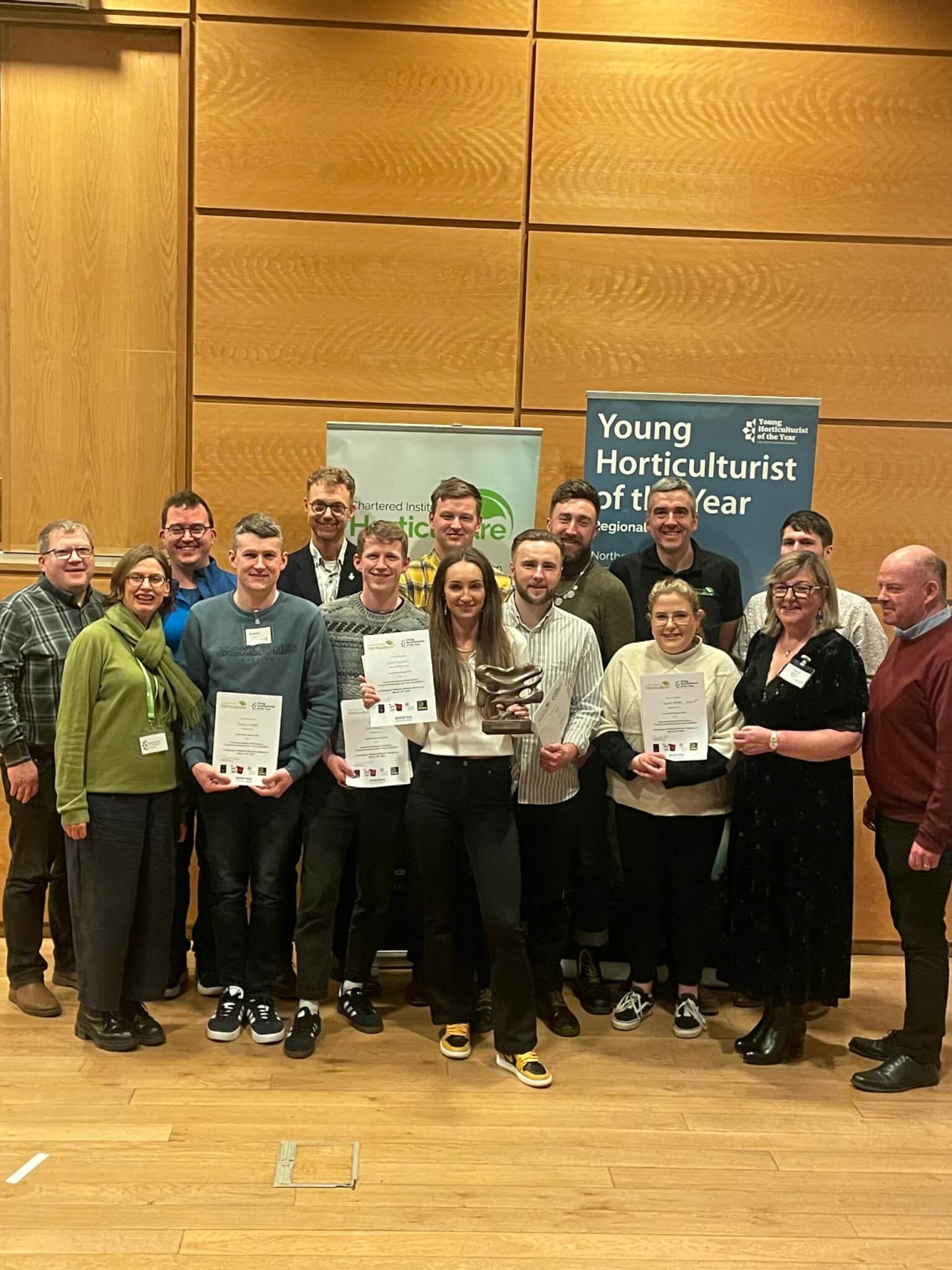
Fans 0
Followers